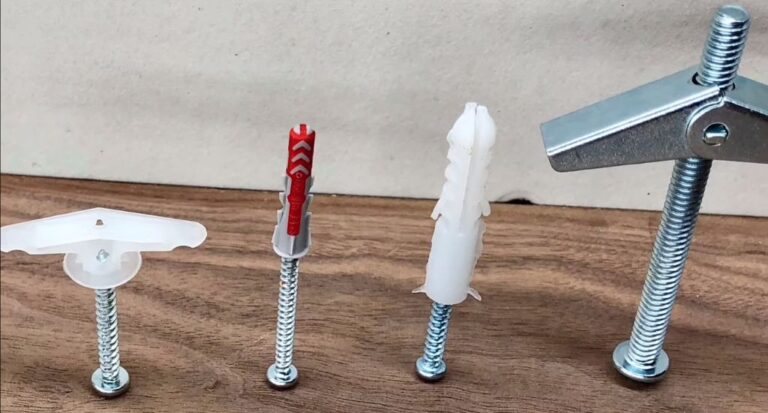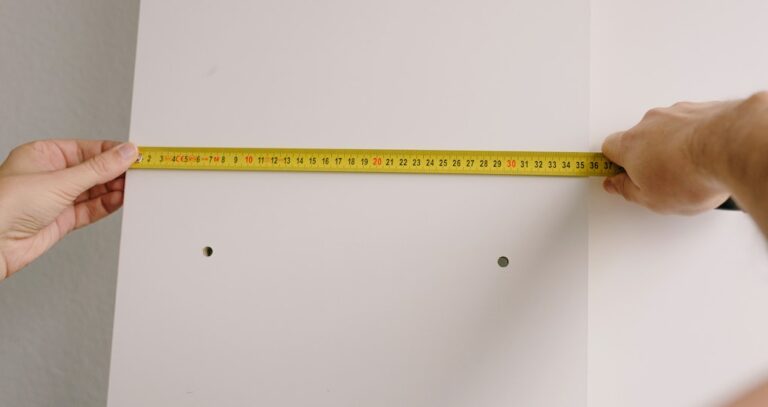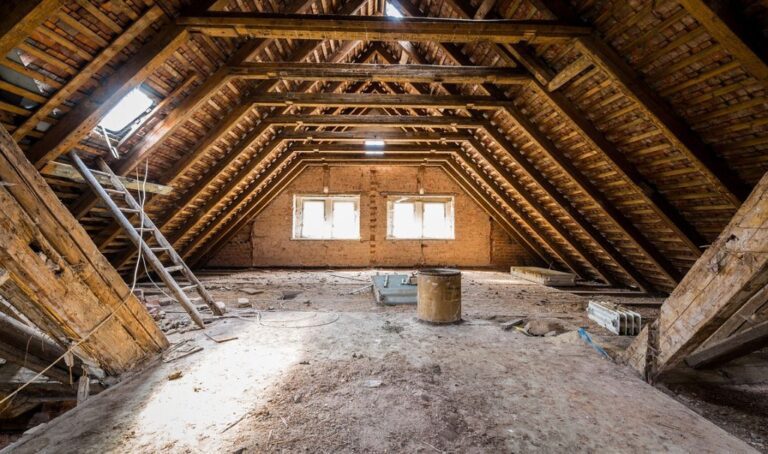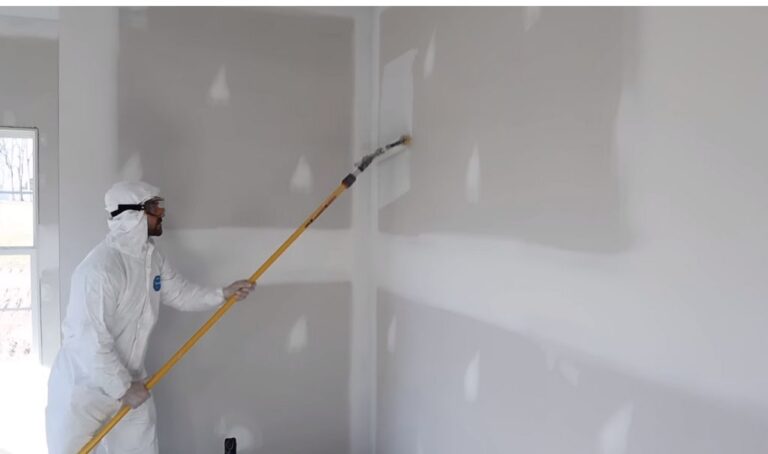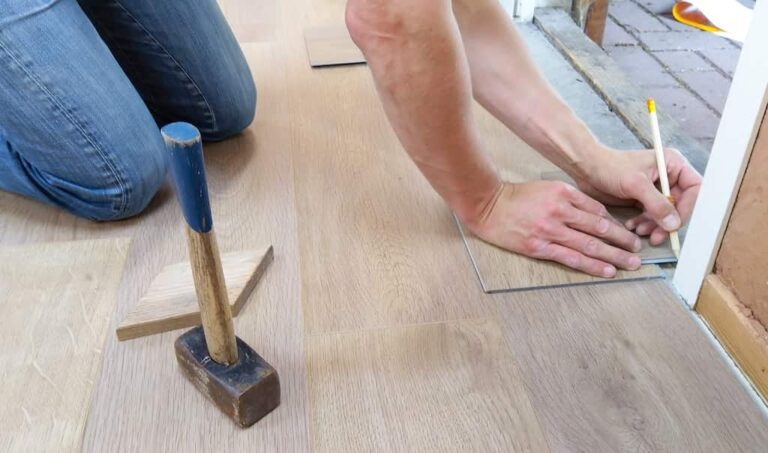Can You Caulk Drywall Corners?
If you’re wondering whether you can caulk drywall corners, you’ve come to the right place. In this blog post, I’ll delve into the topic and provide you with helpful insights and solutions.
Caulking drywall corners can be a game-changer when it comes to achieving a seamless and polished look in your home.
Whether you’re embarking on a renovation project or looking to enhance the aesthetics of your walls, understanding the ins and outs of this technique is essential. So, let’s explore the world of caulk and drywall corners together, and discover how you can transform your living space into something truly remarkable.
Can You Caulk Drywall Corners
Yes, caulking can help achieve a flawless finish in your interior spaces. This technique involves applying a specialized sealant along the joints where two drywall panels meet at a corner. By doing so, you can fill in gaps, cracks, or irregularities, resulting in smooth and seamless walls.
Caulking is also a great way to seal up any cracks or holes in your walls that could allow moisture or air to seep in. This can help to prevent mold and mildew growth, as well as improve the energy efficiency of your home.
Caulking drywall corners offers numerous benefits. Firstly, it enhances the overall aesthetics of your space, providing a polished and refined look.
Any imperfections or visible gaps will be skillfully concealed, giving your walls a clean and finished appearance. Additionally, caulking can improve the durability of your walls by preventing dust, dirt, and insects from infiltrating the corners.
This added protection ensures the longevity and resilience of your interior surfaces. Moreover, caulk acts as a moisture barrier, safeguarding your walls against potential water damage in areas prone to humidity or moisture buildup.
While the advantages of caulking drywall corners are clear, it’s important to consider a few potential drawbacks.
Caulk is less flexible compared to the joint compound used for drywall taping, making it susceptible to cracking or separation if subjected to significant movement or stress. Furthermore, once caulk is applied, it can be challenging to remove if you decide to make changes or repairs in the future.
What are the Pros and Cons of Caulking Drywall Corners?
Before diving into caulking drywall corners, it’s important to consider the pros and cons associated with this technique. Understanding these aspects will help you make an informed decision for your specific project.
Let’s start with the pros.
- One of the biggest advantages of caulking drywall corners is the enhanced aesthetics it provides. By filling in gaps and cracks, caulking creates a seamless and polished finish, giving your walls a professional look. It’s an excellent solution for hiding imperfections and achieving a clean appearance.
- Another benefit is improved durability. By sealing off gaps, caulking prevents dust, dirt, and insects from entering the corners, helping to maintain the longevity of your walls. Additionally, caulking acts as a moisture barrier, protecting against water seepage and potential damage, especially in areas prone to humidity or moisture buildup.
However, there are a few cons to consider.
- Caulk is not as flexible as the joint compound used for drywall taping. If the corners experience significant movement or stress, the caulk may crack or separate over time.
- This is important to keep in mind, particularly in high-traffic areas or spaces where the walls are subject to frequent impact.
It’s also worth noting that once caulk is applied, it can be challenging to remove if you decide to make changes or repairs in the future. It’s a more permanent solution compared to other methods of finishing drywall corners.
| Pros | Cons |
| Provides a polished and seamless finish | Less flexible than joint compound |
| Enhances the aesthetics of the walls | May crack or separate if subjected to significant movement |
| Improves durability | Difficult to remove for future changes or repairs |
| Acts as a moisture barrier |
When to Use Caulk on Drywall Corners
Knowing when to use caulk on drywall corners is key to achieving the best results. While caulking can be a beneficial technique, it’s important to consider specific situations where it is most effective.
Firstly, the caulk is well-suited for low-traffic areas. These are corners that are not frequently touched or subjected to accidental impact. In such spaces, caulk can provide a seamless and polished appearance without the risk of damage or wear.
Additionally, consider using caulk on corners that are not subject to a lot of movement. If the walls are stable and unlikely to shift or settle over time, caulking can help create a smooth and continuous finish.
However, if you anticipate significant movement in the corners, such as in high-traffic areas or where doors open and close frequently, it may be more suitable to use a flexible joint compound instead of a caulk.
Another situation where caulk is beneficial is when corners have been poorly taped during the initial drywall installation. If there are visible gaps or inconsistencies, caulking can help hide these imperfections and create a more seamless look.
It’s important to note that caulk should not be used as a substitute for proper drywall taping and finishing techniques. For corners that require a higher level of strength and flexibility, professional taping and joint compound application are recommended.
Tips for Caulking Drywall Corners
Caulking drywall corners requires some precision and attention to detail to achieve the best results. Here are a few tips to keep in mind when tackling this task:
- Prepare the corners: Before applying caulk, ensure that the corners are clean and free from dust, debris, or loose particles. Use a brush or vacuum to remove any dirt or residue that may affect the adhesion of the caulk.
- Choose the right caulk: Select a high-quality paintable caulk that is specifically designed for interior use. Look for a product that is flexible and offers good adhesion to ensure a long-lasting finish.
- Use the right tools: A caulking gun is essential for precise and controlled application. Make sure to have a damp cloth or sponge on hand for smoothing and cleaning any excess caulk.
- Apply caulk with care: Start by cutting the tip of the caulk tube at a 45-degree angle and insert it into the caulking gun. Apply a steady and even bead of caulk along the corner, working from top to bottom. Use a damp cloth or sponge to smooth and shape the caulk for a neat finish.
- Allow ample drying time: Follow the manufacturer’s instructions for the recommended drying time. It’s important to let the caulk fully cure before painting or applying any additional finishes.
By following these tips, you can achieve professional-looking results when caulking drywall corners. Remember to take your time and work carefully for a seamless and polished finish that enhances the overall appearance of your walls.
Conclusion
Caulking drywall corners can be a valuable technique to achieve a polished and professional look in your interior spaces. Understanding the pros and cons, as well as knowing when to use caulk, will help you make informed decisions for your DIY projects.
Remember to consider the specific needs of your walls and the level of durability required in the areas you are working on. Whether you choose to caulk or not, the goal is to create a space that reflects your personal style and enhances the overall beauty of your home.

